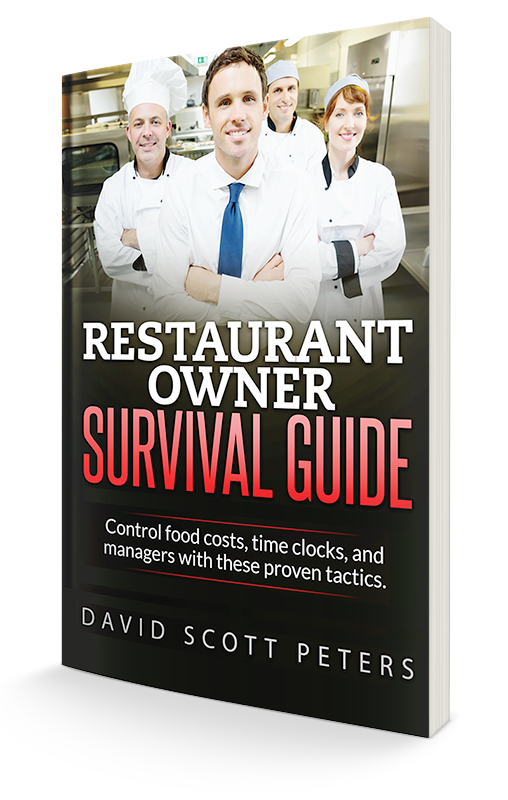Where Operations and the Chef Agree
Recipe costing cards set the standard and save money
One of my fellow instructors was doing some consulting with a local restaurant recently. On three separate occasions he sampled the restaurant’s “signature” chicken entrée and got three decidedly different versions. When he met with the owner, he asked if there was a standardized recipe for the chicken. The owner replied, “No, everyone knows how to make it!”
My colleague begged to differ.
I am increasingly amazed and appalled when I hear from my students and on my consulting jobs how many restaurateurs do not have standardized recipes (or costed recipes) for their regular menu items. Standardized recipes assure consistency of the food we serve, which in turn, earns the repeat guests. The standardized recipe is a valuable management tool for both back-of-house (BOH) and front-of-house (FOH) employee training, evaluation of employee performance, retraining and maintaining control of food cost.
A standardized recipe is one that is specific for the restaurant or food service operation based on the actual cooking methodology, cooking times, available equipment and ingredients. It is uncommon for recipes to be copied right from a cookbook or another source without adjustments to the ingredients, equipment or particular situation.
The standardized recipe is a key component of a food cost control system. If an operator doesn’t know the cost of every single item on the menu, it is near impossible to make an objective end-of-the-month assessment of the food cost percentage.
A standardized recipe should contain the following data:
- Name of the recipe
- Yield in number of portions, weight, or volume
- Ingredient form, quality and quantity
- Preparation methods, cooking methods, time, temperature, holding procedures and how scraps and leftovers will be utilized
- Turnout procedure (plate presentation and garnish)
- Photographs of finished dishes
There is the assumption that the persons preparing from the standardized recipe have general culinary knowledge and understand the terminology and instructions used in the written recipe. Ingredients are typically listed in the order of use.
While standardized recipes cannot make chefs out of ordinary cooks, anyone with basic knowledge of cooking terminology can turn out a decent chowder or tomato sauce. There really isn’t a “magic touch” necessary to ensure a chef can turn onions, garlic, tomatoes, olive oil and spices into a great marinara sauce; a great recipe does it every time.
Some of the benefits of having standardized recipes:
- Creates an absolute standard for kitchen production and finished dishes
- Allows smooth transition between different kitchen staffs
- Maintains consistent food quality and standards
- Serves as a training tool to both FOH and BOH employees
- Valuable retraining tool during evaluation of employee performance
- Reference material in case of disputes
- Base for cost control
- Guide for menu changes
- Prevents over ordering, over production and waste
Create a recipe book, a file. Take photographs of finished, plated dishes. Standardized recipes serve a valuable role in your operation. Take the time, follow this advice and get more satisfied guests and more profit.
RECIPES BELONG TO NO ONE
GIVEN TO ME—-
I GIVE THEM TO YOU—-
RECIPES ARE ONLY A GUIDE,
A ROAD MAP.
A SKELETAL FRAME WORK,
TO BE FLESHED OUT ACCORDING TO YOUR NATURE, PASSION AND DESIRE
YOUR LIFE AND LOVE WILL BRING THESE RECIPES TO FULL CREATION—-
THIS CANNOT BE TAUGHT
YOU ALREADY KNOW!
SO PLUNGE IN: COOK, LOVE, CREATE!
— CHEF WILLIS GETCHELL, CEC
Willis Getchell is a Certified Executive Chef with experience running his own restaurant and managing corporate and resort settings. He now shares his 30-plus years of well-seasoned experience at The International Culinary School at the Art Institute of Phoenix. He is a recognized leader in his profession, receiving numerous honors, including the Institute’s 2006 Award of Excellence and the Valley of the Sun Chef’s Association Chef-of-the-Year award.


